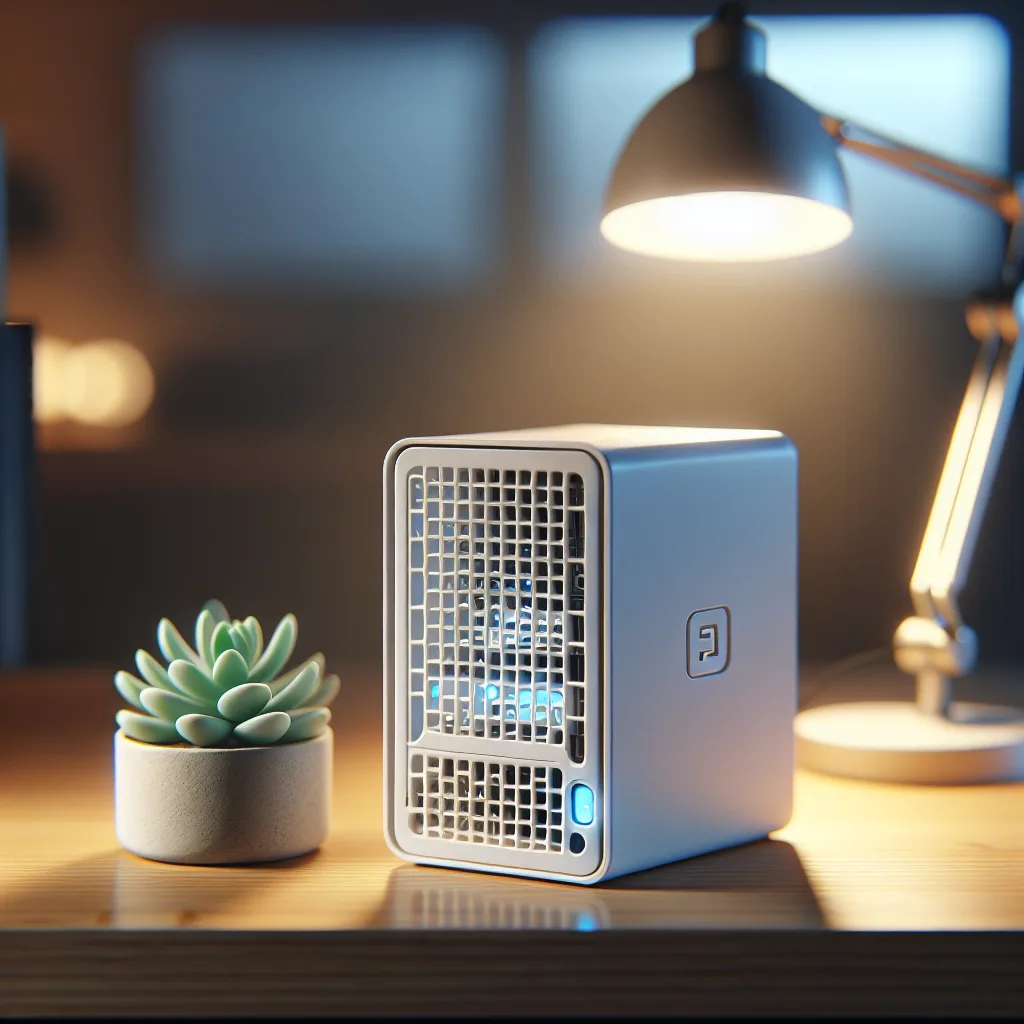Discover how a simple home lab, built with a mini-PC and 3D-printed parts, can run a private AI, manage files, and give you back control of your data.
It Started with a Simple Idea
I’ve been relying on cloud services for years. You know how it goes. A little bit of Google Drive for documents, Dropbox for photos, maybe a subscription for a password manager. It’s convenient, but it adds up. And I started feeling a little weird about having all my digital stuff scattered across different company servers.
So, I got an idea. What if I could build my own little server, right here at home? Not some giant, noisy rack in the basement, but something small, quiet, and simple. Something that could handle my files, run a few useful apps, and even let me experiment with some of the new AI tools.
That’s what sent me down the path of building my own “homelab.” And honestly, it’s been one of the most rewarding tech projects I’ve ever done.
What’s a “Home Lab,” Anyway?
It sounds more intimidating than it is. A home lab is just a computer (or a few computers) at your home that you use as a server. It can be as simple as an old laptop you have lying around or as complex as you want to make it.
My goal was to keep it simple and efficient. I wanted a machine that could be on 24/7 without making a racket or running up my electricity bill.
Here’s what I wanted it to do:
- Store my files: A central, private place for my documents, photos, and backups.
- Run some apps: Things like a password manager, a media server for movies, and maybe a home automation dashboard.
- Experiment with AI: This was the big one. I was fascinated by Large Language Models (LLMs) like ChatGPT, but I wanted to run one locally for privacy and fun.
My Setup: A Mix of Old and New
I ended up using a mini-PC. These things are great—they’re tiny, quiet, and surprisingly powerful for their size. It’s the brains of the whole operation.
But here’s the part that I really love: the case is partly 3D printed.
I have a simple 3D printer, and I’ve been looking for practical things to make with it. Designing and printing a custom rack and enclosure for my server was perfect. It allowed me to make everything fit together perfectly. It’s a snug little unit where the mini-PC and my storage drives are all stacked neatly. It’s not just functional; it’s a physical object I made myself, which is pretty cool.
It’s a constant reminder that you don’t always have to buy an off-the-shelf solution. Sometimes, you can build something that’s better—or at least, more you.
The Really Fun Part: A Private AI Assistant
Okay, so let’s talk about the LLM. This has been the most interesting part of the project. Using a tool called Ollama, I can download and run different open-source language models right on my mini-PC.
Why would I do this instead of just using a website? Two reasons:
- Privacy: Anything I type into my local LLM stays on my machine. It’s not sent to a big tech company, it’s not used for training data, it’s not logged anywhere I don’t control. I can use it to help me write sensitive emails or summarize personal documents without a second thought.
- Learning and Fun: It’s just plain fun to tinker with! I can try out different models, see which ones are best at certain tasks, and I don’t have to pay a subscription fee. It’s my own little AI sandbox.
It’s surprisingly capable. I use it to brainstorm ideas, write code snippets, summarize articles I’ve saved, and answer dumb questions that pop into my head. It’s like having a private, offline brain extension.
Was It Worth It?
Absolutely.
This project wasn’t just about the end result. It was about the process. I learned so much about how servers, networking, and even AI models work on a fundamental level. It’s empowering to know you’re in control of your own data and services.
And it’s not just for “techy” people. If you’re curious and like to tinker, you can do this too. You can start small—maybe with just an old computer or a Raspberry Pi—and build from there.
The best part is the feeling of self-sufficiency. My little 3D-printed box just sits there, quietly humming along, running my digital life. And I built it. That feels pretty good.
